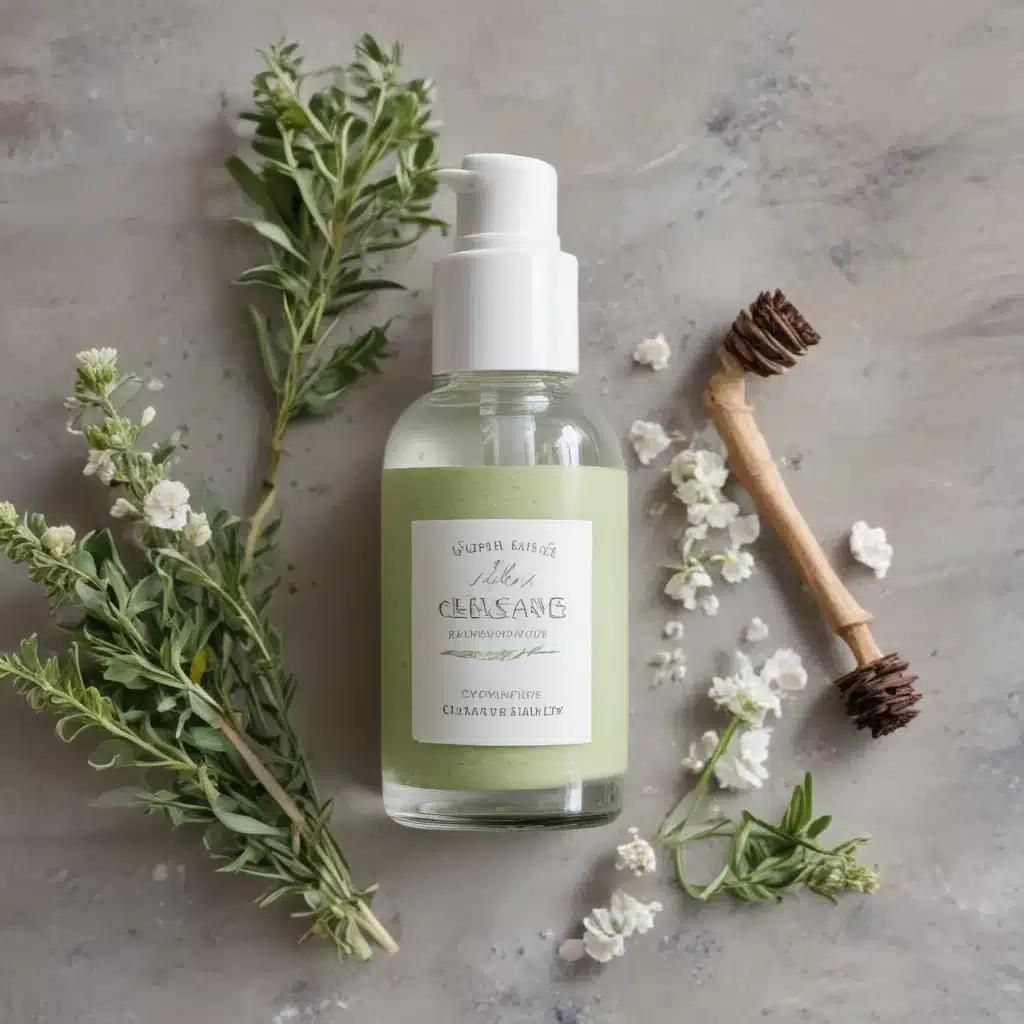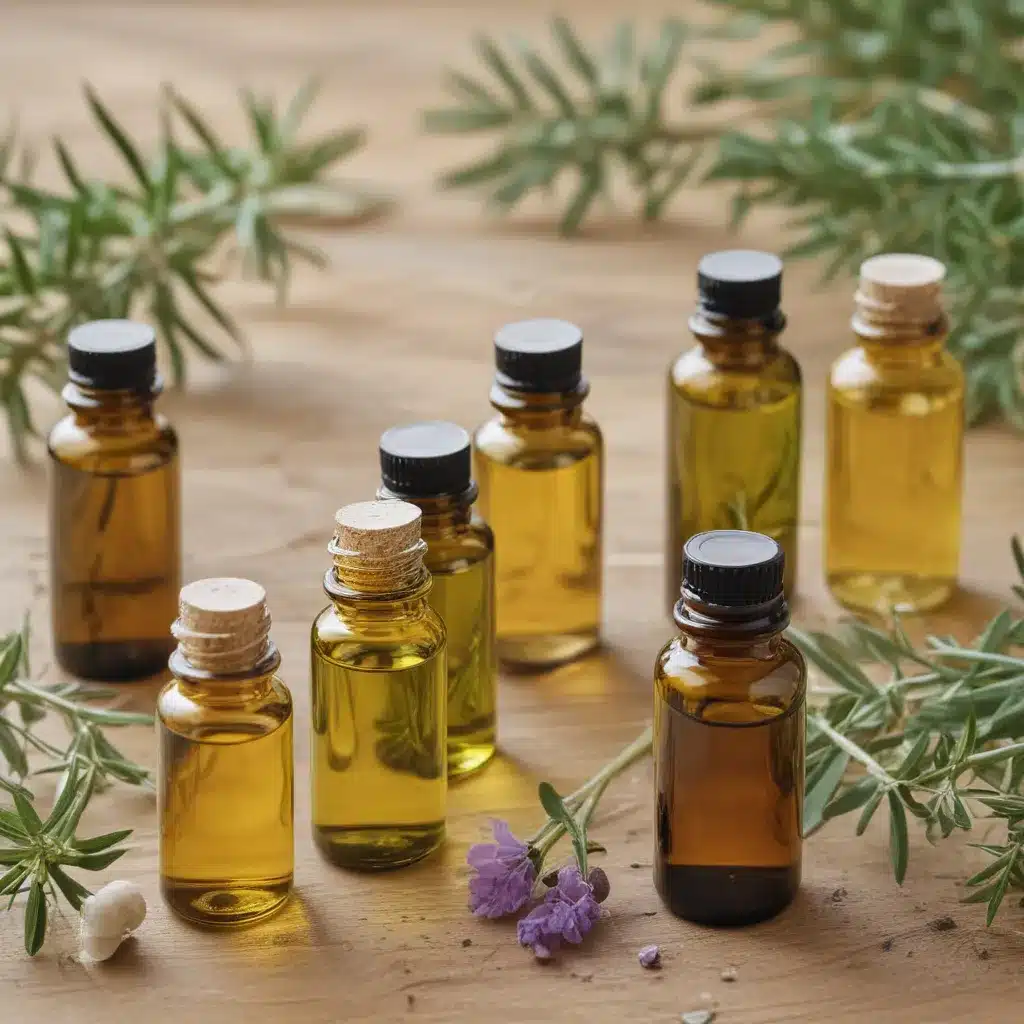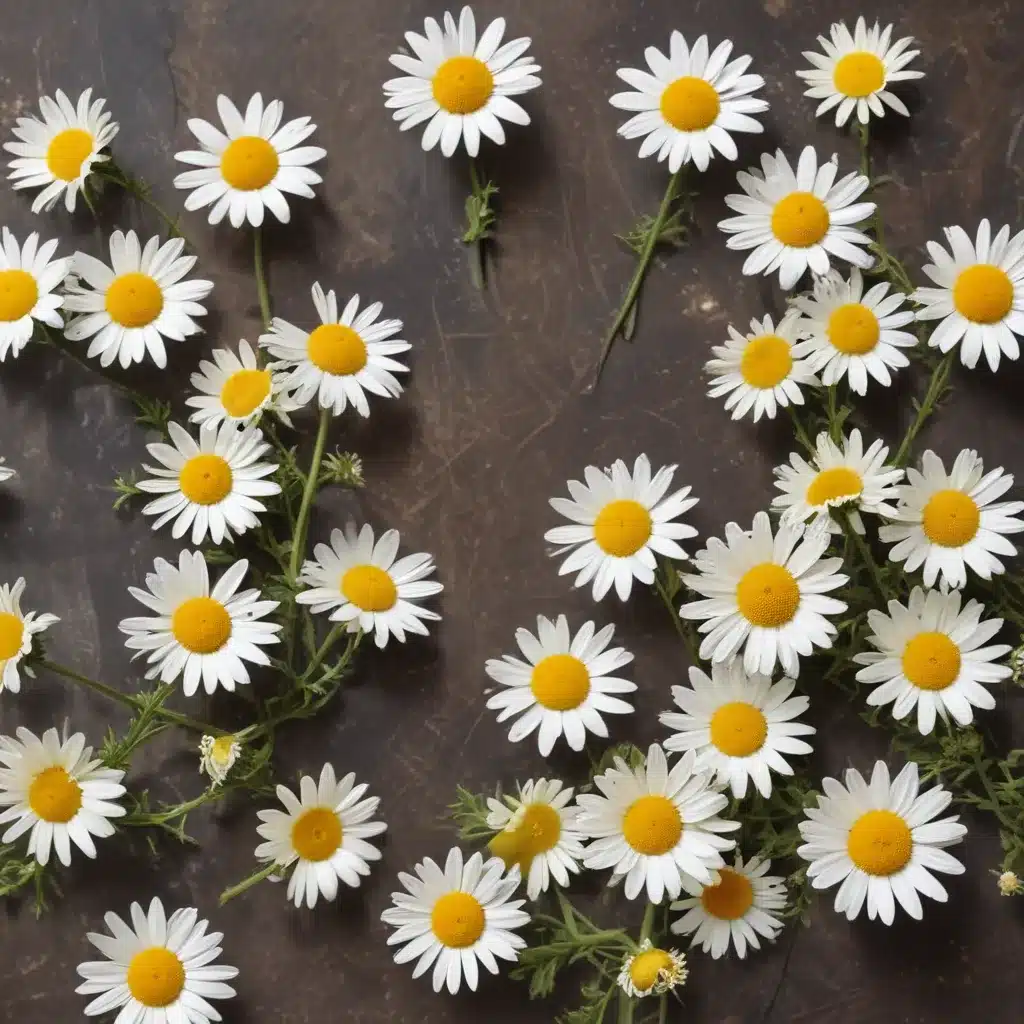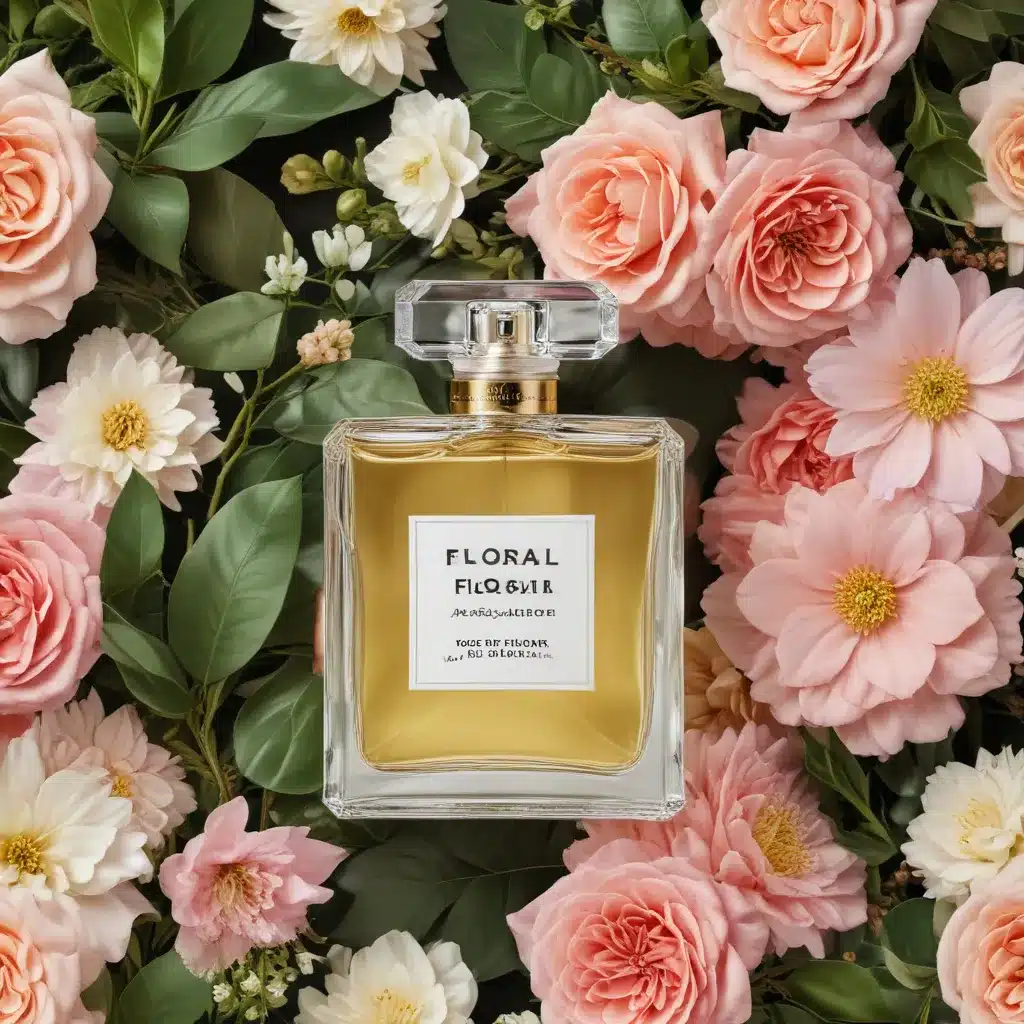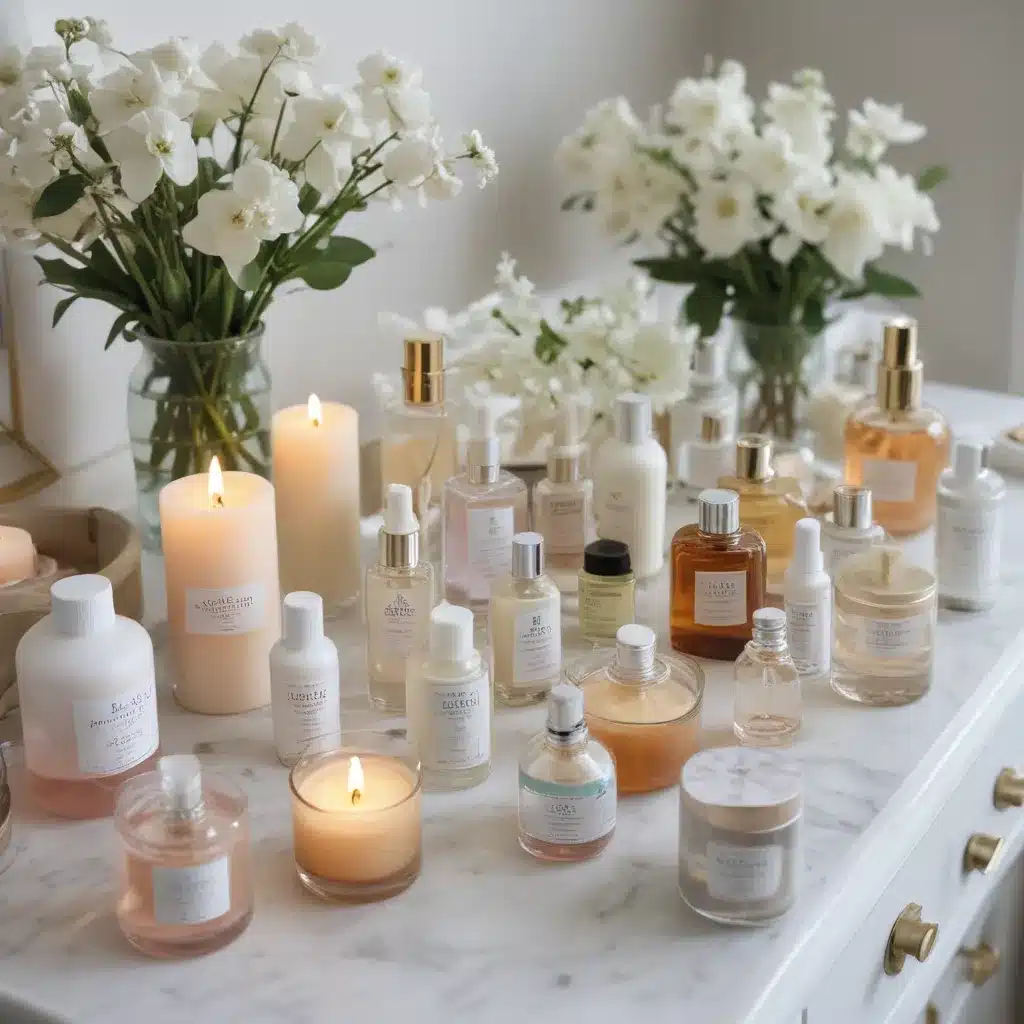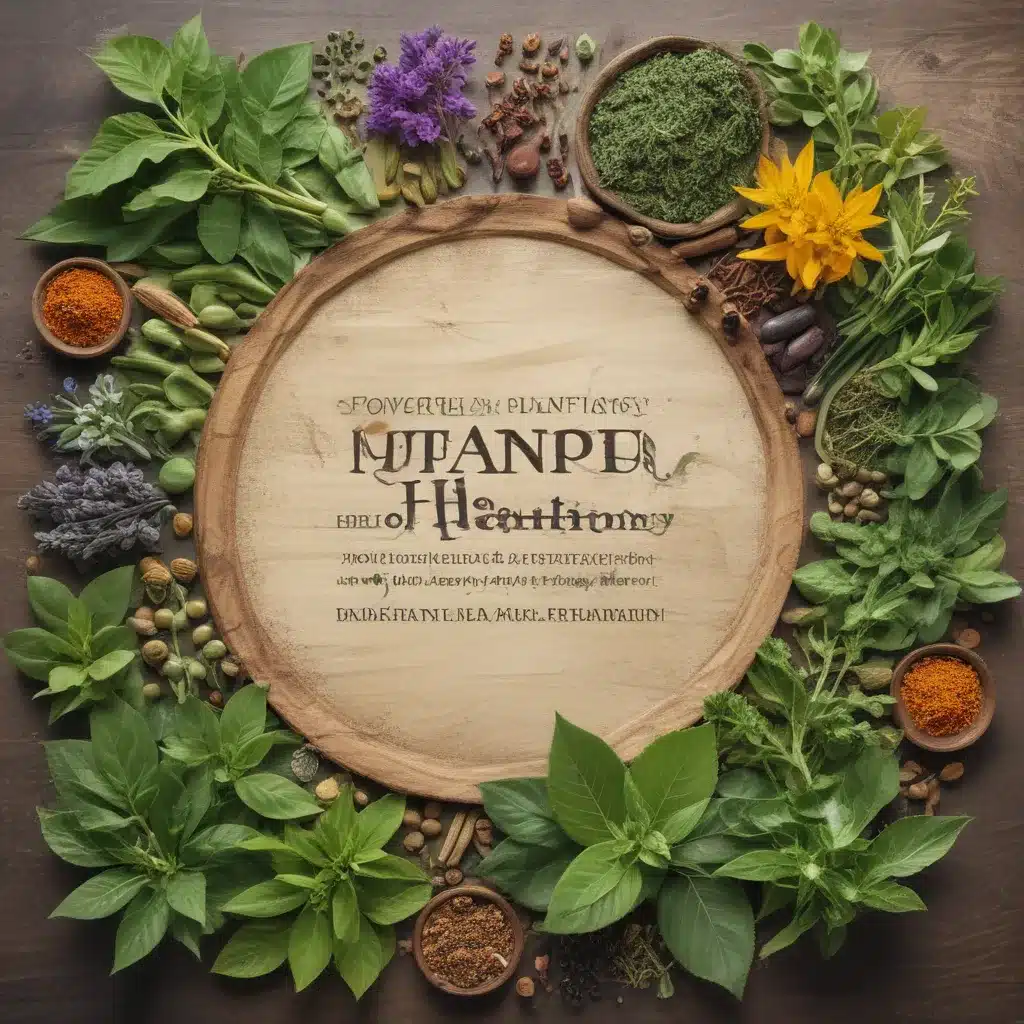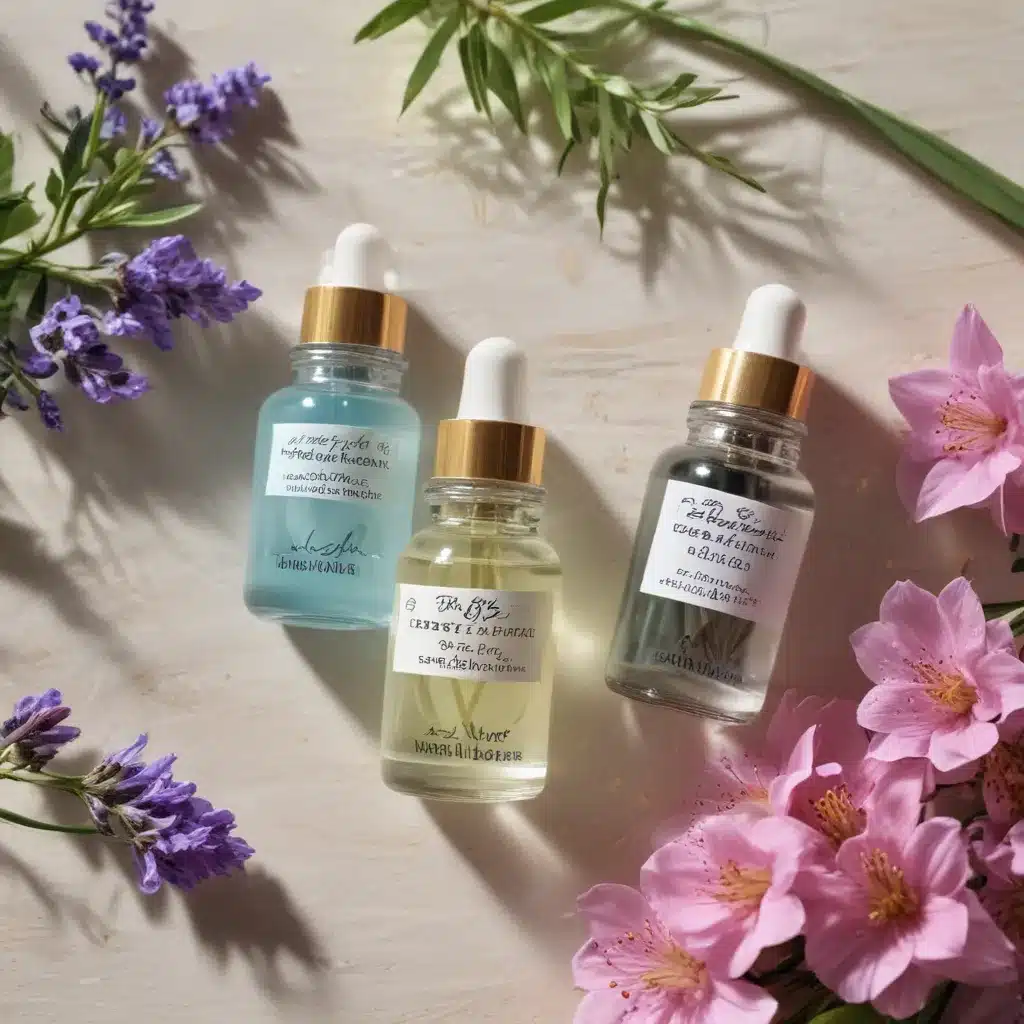
The Fascinating World of Essential Oils
Ah, essential oils – the fragrant elixirs that have captivated the senses of humanity for centuries. As an avid aromatherapy enthusiast, I simply can’t get enough of these concentrated plant extracts and their myriad of applications. From the earthy aroma of vetiver to the refreshing zing of peppermint, each essential oil offers a unique sensory experience that can transport us to faraway lands and unlock hidden realms of the mind.
But, my friends, essential oils are more than just pretty scents. They are powerful botanical compounds that hold the key to unlocking a world of physical, emotional, and spiritual benefits. And as with any powerful tool, it’s crucial to understand the proper methods of extraction and dilution in order to harness their full potential.
So, strap in, because we’re about to dive deep into the captivating world of essential oil basics. Get ready to be both enlightened and entertained – this is going to be one wild aromatic ride!
Extraction Methods: The Art of Capturing Nature’s Essence
Now, let’s talk about the various ways in which essential oils are extracted from their plant sources. This is where the true magic happens, my friends. It’s the difference between a dull, synthetic fragrance and a vibrant, nature-derived elixir that can uplift the soul.
One of the most common extraction methods is steam distillation. This process involves heating the plant material and capturing the aromatic compounds in the resulting vapor. It’s a bit like brewing the world’s most fragrant cup of tea, but on a much grander scale. The result? A pure, concentrated essential oil that retains the full-bodied essence of the original plant.
But steam distillation isn’t the only game in town. Cold-pressing, also known as expression, is a method used primarily for citrus fruits. Here, the oil is mechanically squeezed from the peel, without the application of heat. This preserves the delicate, bright, and zesty aromas that we associate with the likes of lemon, orange, and grapefruit.
And let’s not forget about solvent extraction, a technique that uses chemical solvents to draw out the essential oils from plant materials. While this method can yield a higher quantity of oil, it can also introduce unwanted compounds and compromise the purity of the final product. That’s why it’s crucial to source your essential oils from reputable suppliers who prioritize quality and transparency.
Ah, but the wonders of essential oil extraction don’t stop there. Enfleurage, a centuries-old technique, involves using animal fat or vegetable oil to absorb the fragrant compounds from delicate flowers. This painstaking process results in an exquisite, highly coveted product known as an absolute. Think of the sublime scent of jasmine or the intoxicating aroma of rose – these are the fruits of the enfleurage labor.
Now, you might be wondering, “But which extraction method is the best?” Well, my friends, the answer is not as simple as you might think. Each method has its own unique advantages and disadvantages, and the “best” choice often depends on the specific plant material, the desired end product, and the intended use. It’s all about finding the right balance between purity, concentration, and cost.
Dilution Ratios: Finding the Sweet Spot
Alright, now that we’ve explored the fascinating world of essential oil extraction, let’s turn our attention to the equally important topic of dilution ratios. Proper dilution is crucial when it comes to using essential oils, as these concentrated plant extracts can be quite potent and, in some cases, even irritating to the skin.
The general rule of thumb is to dilute essential oils in a carrier oil, such as jojoba, coconut, or sweet almond oil, before applying them topically. The typical dilution ratio for adults is 2-5% essential oil in a carrier oil. That means for every 1 ounce (30 ml) of carrier oil, you would add 12-30 drops of essential oil.
But wait, there’s more! The appropriate dilution ratio can vary depending on the intended use, the age and sensitivity of the individual, and the specific essential oil in question. For example, more sensitive areas of the body, such as the face or genitals, may require a lower dilution ratio of 1-2%. And when it comes to using essential oils on children, the recommended dilution is even lower, typically 0.5-2%.
And let’s not forget about the importance of patch testing when introducing a new essential oil. By applying a small amount of the diluted oil to a discrete area of the skin and observing for any adverse reactions, you can ensure the safety and compatibility of the oil before proceeding with larger applications. This simple step can save you a lot of discomfort and irritation down the line.
Now, I know what you’re thinking: “But what about using essential oils aromatically or internally? Surely those don’t require dilution, right?” Wrong, my friends. Even when using essential oils through inhalation or ingestion, it’s crucial to exercise caution and follow the recommended guidelines.
For aromatic use, a good starting point is 1-3 drops of essential oil in a diffuser or personal inhaler. And when it comes to internal use, it’s best to consult with a qualified healthcare professional, as the appropriate dosage can vary greatly depending on the individual and the specific oil being used.
Ah, but the world of essential oil dilution is not without its nuances and exceptions. Some essential oils, such as hot spicy oils like cinnamon or clove, may require even lower dilution ratios to avoid skin irritation. And let’s not forget about the special considerations for using essential oils during pregnancy or on sensitive individuals.
So, there you have it, folks – the essential oil dilution game is all about finding the perfect balance between potency and safety. It’s a delicate dance, to be sure, but one that is well worth the effort when you consider the incredible benefits that these plant-derived wonders can offer.
Putting It All Together: Crafting Your Aromatic Masterpieces
Now that we’ve covered the ins and outs of essential oil extraction and dilution, it’s time to put all of this knowledge into practice. Are you ready to become a true essential oil alchemist, crafting your own custom blends and unleashing the full power of these aromatic elixirs?
First and foremost, it’s crucial to start with the highest-quality, pure essential oils. Seek out reputable suppliers who prioritize transparency and use ethical, sustainable sourcing practices. Remember, not all essential oils are created equal, and the quality of the final product can vary greatly depending on the source.
Once you’ve assembled your essential oil arsenal, it’s time to start experimenting. Grab your carrier oils, your beakers, and your pipettes, and let’s get to work! Start by familiarizing yourself with the unique properties and aromas of each essential oil. Understand how they might complement or contrast with one another, and begin to envision the infinite possibilities for your custom blends.
As you start to create your masterpieces, don’t be afraid to think outside the box. Incorporate unexpected ingredients, such as hydrosols, absolutes, or even spices and herbs. The world of aromatherapy is your playground, so have fun and let your creativity run wild!
And remember, my friends, the key to crafting the perfect essential oil blend is not just about the ratio of oils, but also about the intention behind it. Are you seeking to uplift your mood, soothe your senses, or enhance your meditation practice? Let your intuition guide you, and pour your heart and soul into every drop.
Of course, as with any powerful tool, it’s essential to exercise caution and respect the potency of these plant-derived wonders. Always follow the recommended dilution ratios, perform patch tests, and consult with healthcare professionals when necessary. Safety should always be your top priority when working with essential oils.
So, there you have it, my fellow aroma enthusiasts – the essential oil extraction and dilution secrets that will unlock a whole new world of aromatic possibilities. Are you ready to embark on this fragrant journey and become a true essential oil master? If so, then what are you waiting for? Grab your supplies, take a deep breath, and let the aromatic adventure begin!
And, of course, if you ever find yourself in need of high-quality, ethically sourced essential oils, be sure to check out Arome Essential – your one-stop shop for all things aromatic. Happy blending!


